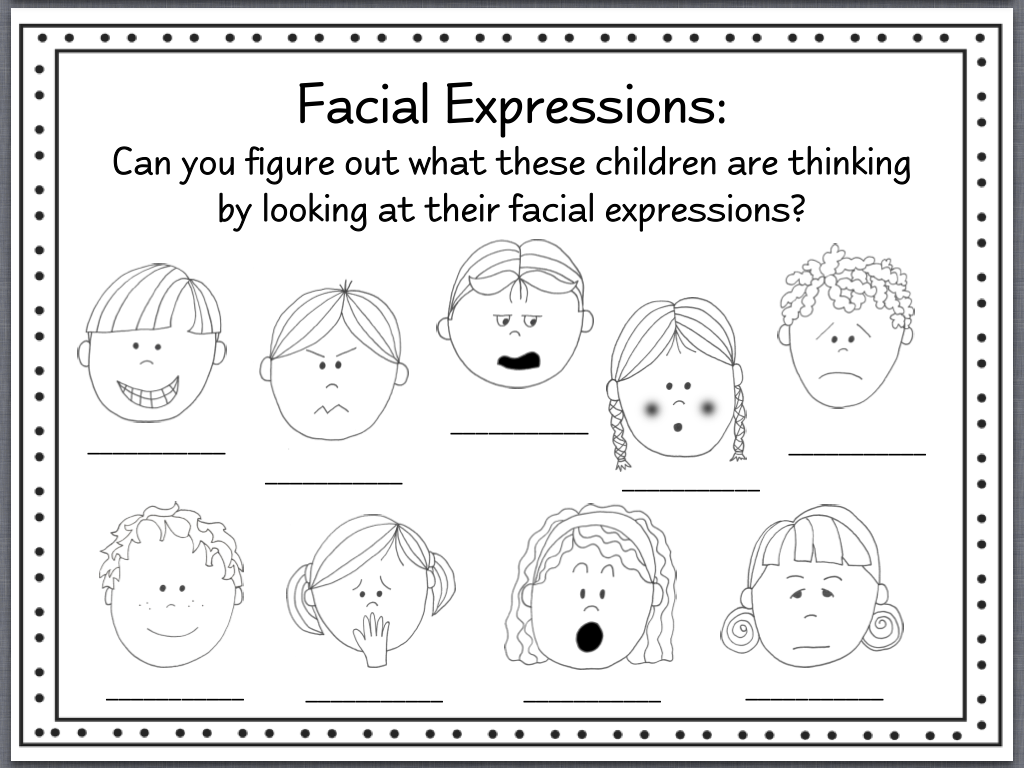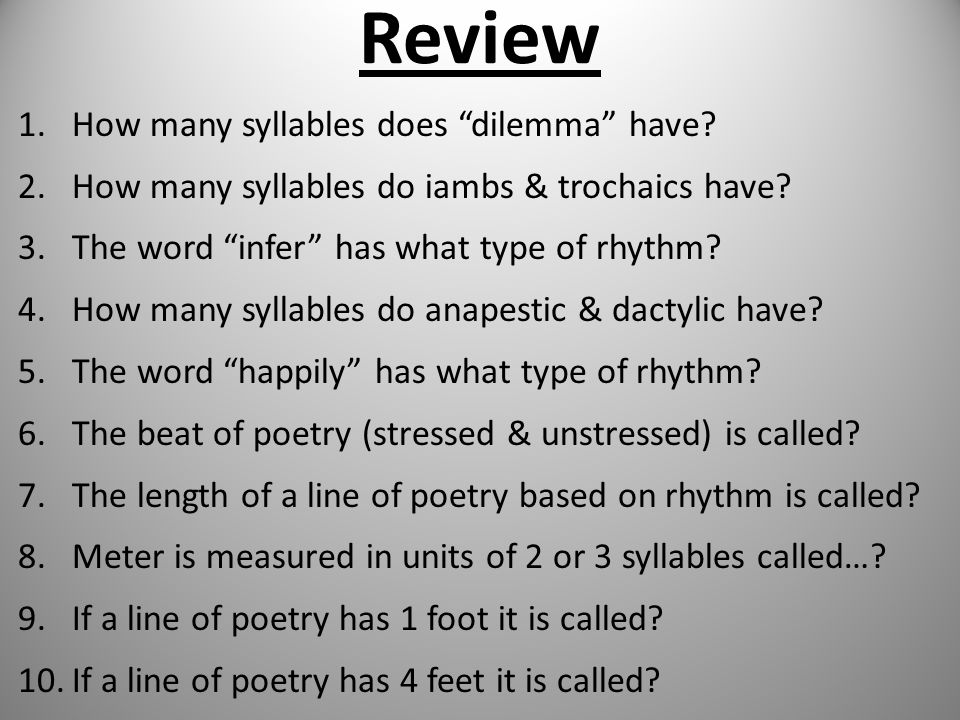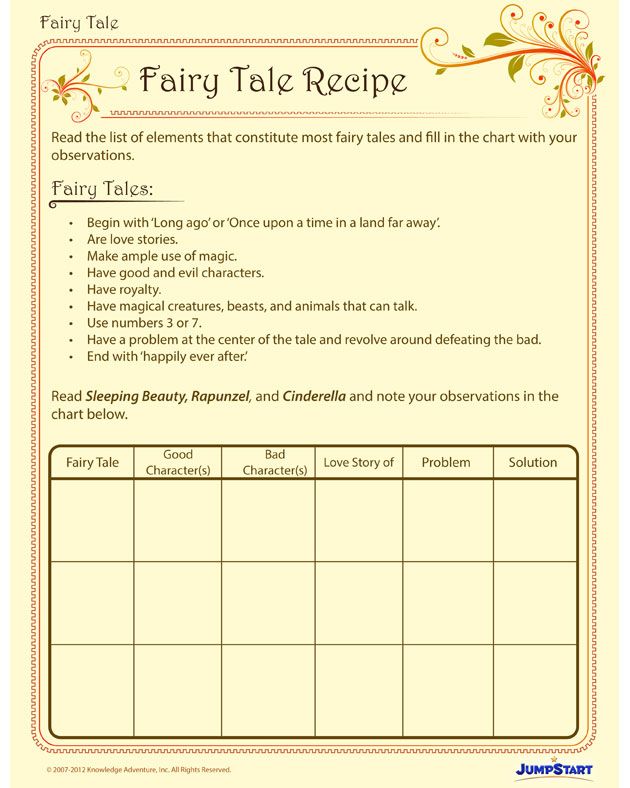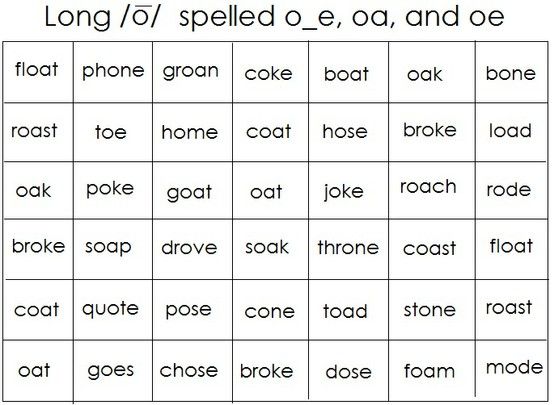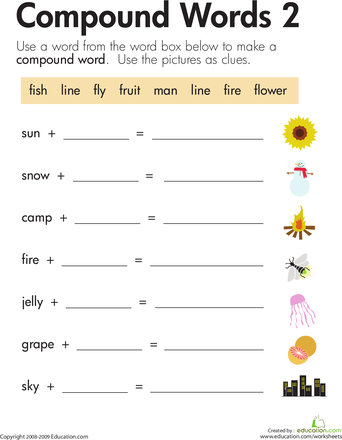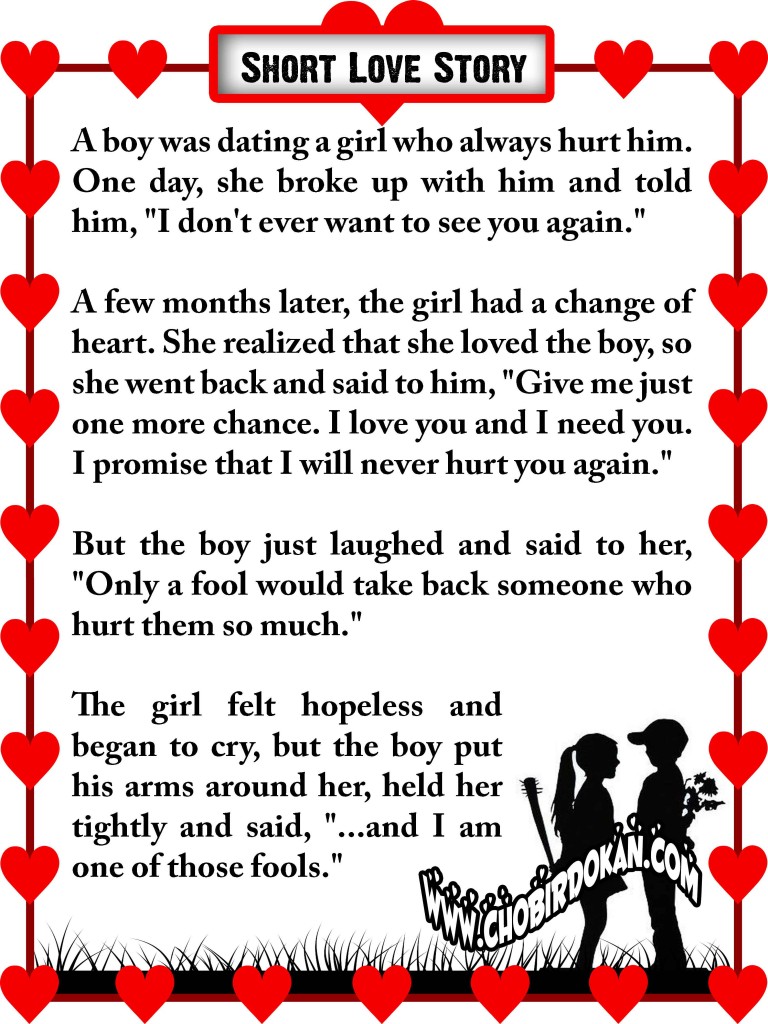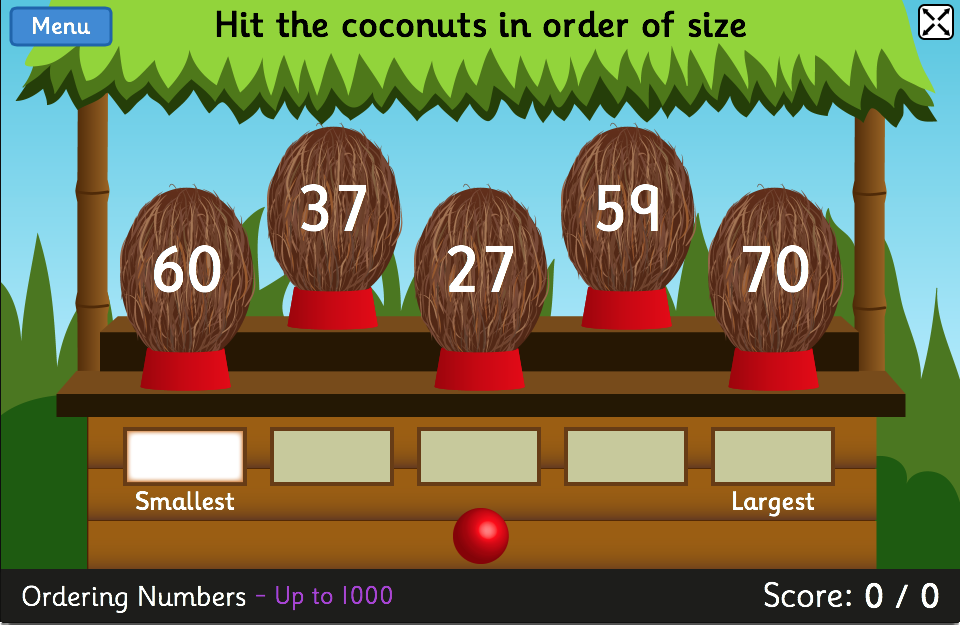Kindergarten feelings activities
8 Fun Feelings Activities for Preschoolers
- Share
Early childhood is as much about developing a child emotionally as it is about building physical and intellectual capabilities.
These feelings activities for preschoolers bring art, songs, discussion and stories together, to help kids experience their emotions in practical ways.
How do you teach preschoolers about feelings?
As children progress through the stages of emotional development, they naturally learn to identify their feelings and express them in healthy ways.
Much of a child’s emotional development happens during play.
While children are playing dress-up or engaging in pretend play, they are imitating and acting out real-life scenarios, which are full of emotions.
Pretend play gives children a way to safely act out and practise big emotions such as fear, love, sorrow and anger.
However, parents and teachers can also find opportunities for teaching emotions to preschoolers by planning special feelings/emotions activities.
Here are a few ideas.
1. Mirror Emotions
Give children a hand-held mirror or stand in front of a large mirror. Ask them to explore their emotions in their reflections.
Ask them to make different faces. Start with easier emotions to identify, such as sad, happy and angry. Ask how their faces change as their emotions change.
Then, try to play with emotions such as boredom, excitement and worry. What do those faces look like?
Tell children to think of a cute puppy, running away from a lion, a very sad baby, or a big gift they are about to unwrap. How and why do their faces change?
2. Dance Your Feelings
Challenge kids to make up dances to show what various emotions feel like:
- A tired dance (use scarves, slow movements and sleepy faces to slow music)
- An angry dance (stomp around the room, making jerking movements with stern expressions to choppy music)
- An excited dance (jump around with lit-up faces and a happy tune)
Choose music to match the mood and try out different emotions.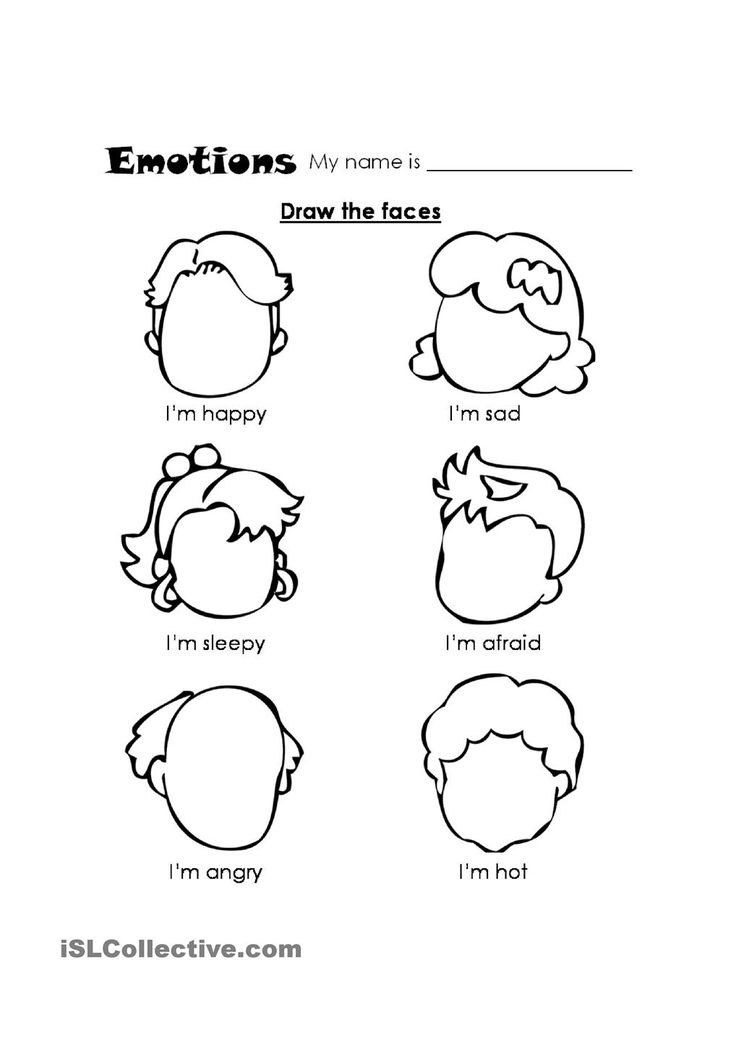
As a variation, play different kinds of music and ask children to show you, through their dancing, how the music makes them feel.
3. Emotion Drawing
Ask kids to draw a picture that explains how they feel.
Do not direct this activity too much. Rather allow children to express themselves with their own creativity. Different children will find different ways of representing their emotions.
Another way to do this is to play music (use the music from the dancing activity above) and ask your child to draw how the music makes them feel.
Tip: use clues from movies to help you choose the sounds, such as a choppy violin that’s used when a shark is approaching, or a slow, classical song that creates a sad atmosphere.
4. How Would You Feel?
Have a discussion about feelings and ask kids how they would feel in various situations.
Here are some examples of questions about feelings:
- How would you feel if…?
- How did you feel when…?
- How does it make you feel when…?
- Tell me about a time when you felt really scared.
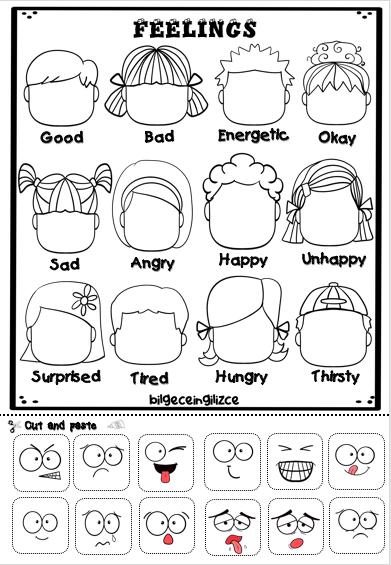
- What does mom do that makes you feel loved?
Learning to verbalize and express feelings is an important part of healthy development.
5. Paper Plate Faces
Creative art is a great way to make a physical representation of emotions.
One of the simplest emotions crafts for preschoolers is to make paper plate faces, depicting various emotions.
These can be turned into masks or you could attach a craft stick (or ice-cream stick) to the bottom and turn them into puppets for kids to use during their dramatic play.
6. Story Time
Story time is one of the easiest ways to incorporate teaching emotions. Books are filled with characters experiencing the full array of emotions and learning important life lessons.
As you read your stories in class or at bedtime, remember to ask questions about what the characters are feeling, why they are feeling that way, as well as how you would feel in the same situation.
7. Feeling Faces
Challenge kids to page through a magazine, or a storybook and identify faces that show strong emotions.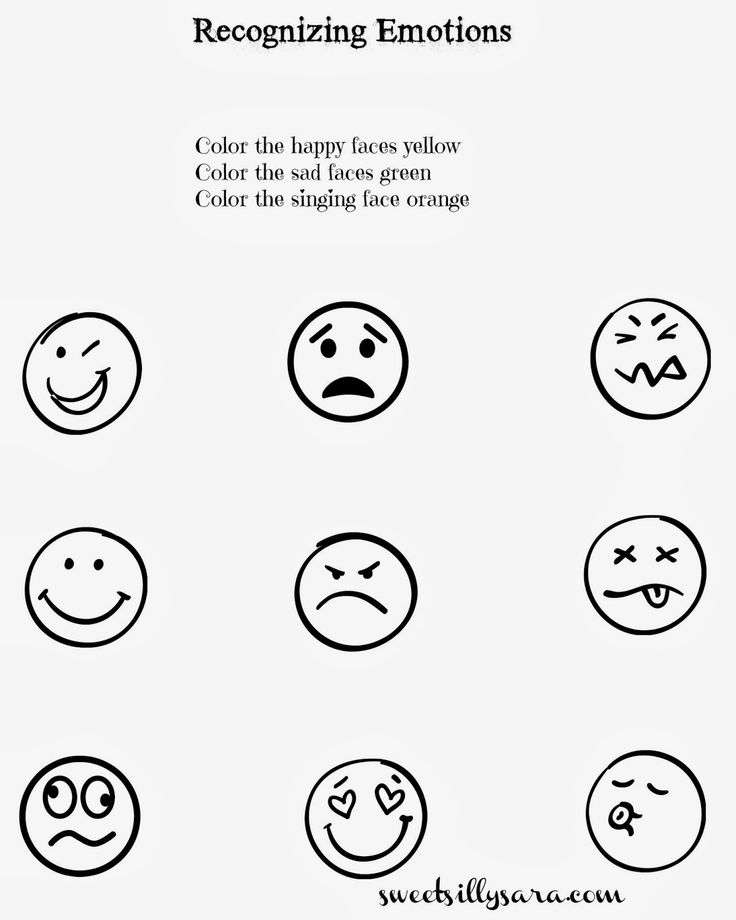 Animals’ emotions are also often clearly depicted in drawings.
Animals’ emotions are also often clearly depicted in drawings.
Cut out faces from a magazine and sort them into groups – happy faces, sad faces, angry faces, etc.
8. Emotion Songs
Music is an excellent medium for teaching skills in early childhood. These cute songs are all about emotions and kids will enjoy singing along to them.
If You’re Happy
This version of the popular song “If you’re happy and you know it” is by Super Simple Songs and it incorporates more emotions. Use these or make it up as you go along.
If you’re happy happy happy, clap your hands.
If you’re happy happy happy, clap your hands.
If you’re happy happy happy, clap your hands, clap your hands.
If you’re happy happy happy, clap your hands.
If you’re angry angry angry, stomp your feet.
If you’re angry angry angry, stomp your feet.
If you’re angry angry angry, stomp your feet, stomp your feet.
If you’re angry angry angry, stomp your feet.
If you’re scared scared scared, say, “Oh no!”
If you’re scared scared scared, say, “Oh no!”
If you’re scared scared scared, say, “Oh no!” say, “Oh no!”
If you’re scared scared scared, say, “Oh no!”
If you’re sleepy sleepy sleepy, take a nap.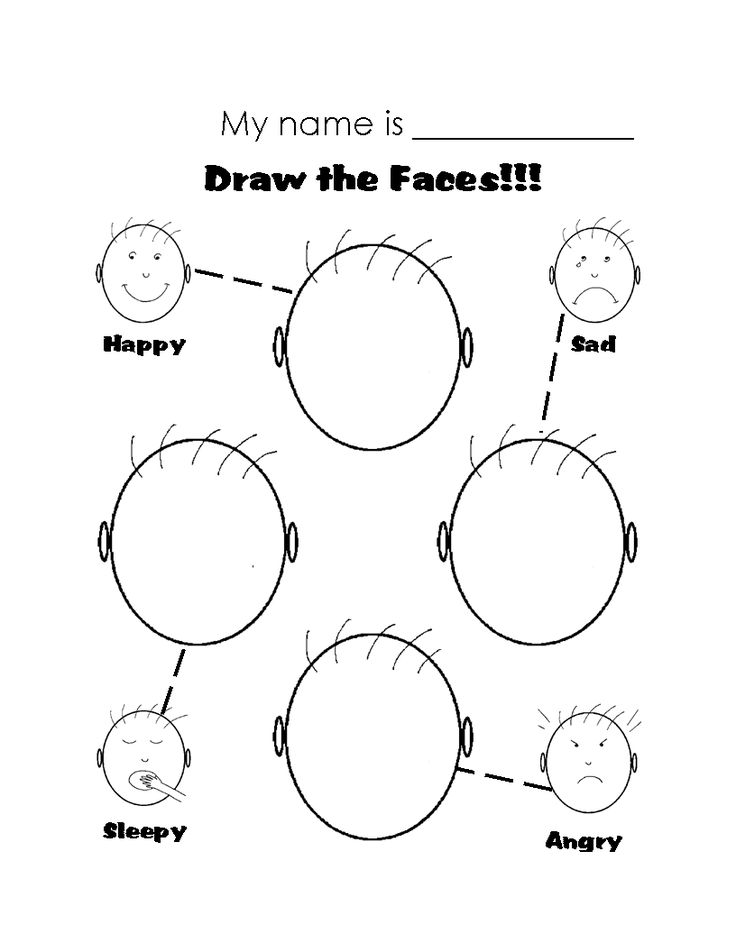
If you’re sleepy sleepy sleepy, take a nap.
If you’re sleepy sleepy sleepy, take a nap, take a nap.
If you’re sleepy sleepy sleepy, take a nap.
If you’re happy happy happy, clap your hands.
If you’re happy happy happy, clap your hands.
If you’re happy happy happy, clap your hands, clap your hands.
If you’re happy happy happy, clap your hands.
This is a Happy Face
This is a good song to introduce the topic of emotions and how our facial expression often reflects how we’re feeling.
You can listen to the tune here. Watch it and then play it in the background as you sing along and make the faces. It has great music to accompany all the emotions.
This is a happy face.
This is a happy face.
This is a happy face.
This is my happy face.
This is a sleepy face.
This is a sleepy face.
This is a sleepy face.
This is my sleepy face.
This is an angry face.
This is an angry face.
This is an angry face.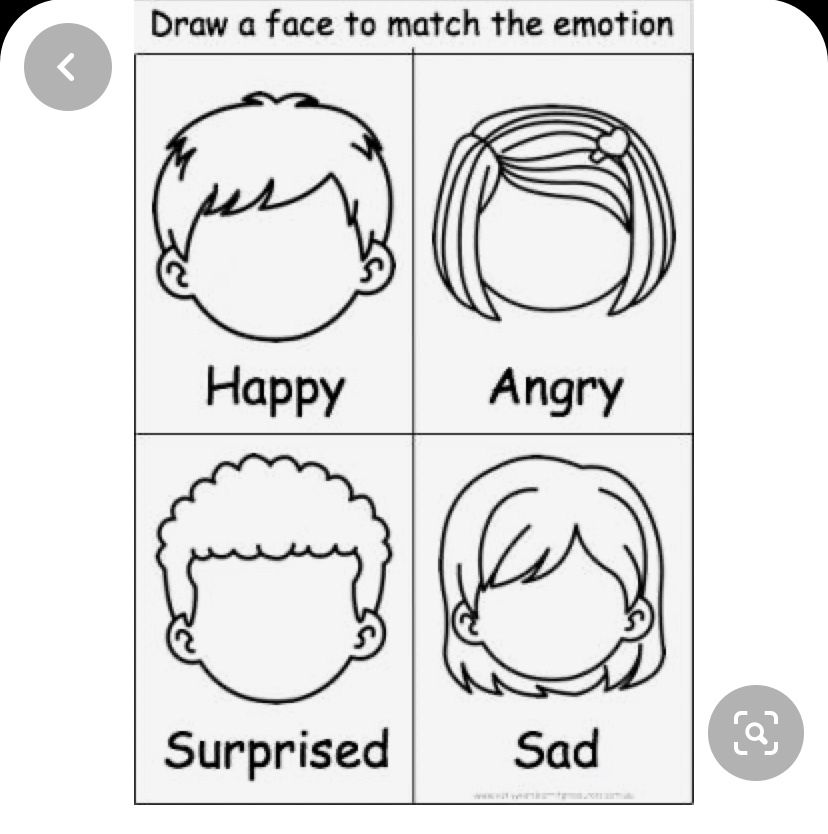
This is my angry face.
This is a surprised face.
This is a surprised face.
This is a surprised face.
This is my surprised face.
Happy. Sleepy. Angry. Surprised.
Happy. Sleepy. Angry. Surprised.
This is an excited face.
This is an excited face.
This is an excited face.
This is my excited face.
This is a sad face.
This is a sad face.
This is a sad face.
This is my sad face.
This is a nervous face.
This is a nervous face.
This is a nervous face.
This is my nervous face.
This is a silly face.
This is a silly face.
This is a silly face.
This is my silly face.
Excited. Sad. Nervous. Silly.
Excited. Sad. Nervous. Silly
“Now, let me see those faces!”
Show me your happy face.
Show me your sleepy face.
Show me your angry face.
Show me your surprised face.
Show me your excited face.
Show me your sad face.
Show me your nervous face.
Show me your silly face.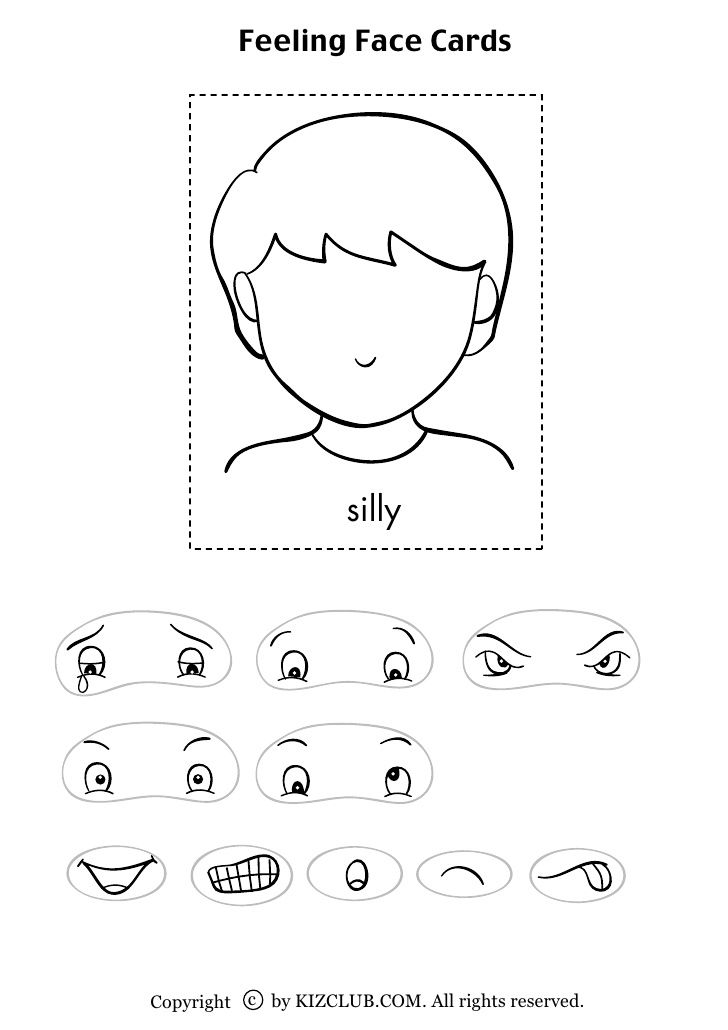
This is a happy face.
This is a happy face.
This is a happy face.
This is my happy face.
I hope you liked these simple emotions activities for preschoolers.
For more ideas, here are some social-emotional activities for preschoolers.
Get FREE access to Printable Puzzles, Stories, Activity Packs and more!
Join Empowered Parents + and you’ll receive a downloadable set of printable puzzles, games and short stories, as well as the Learning Through Play Activity Pack which includes an entire year of activities for 3 to 6-year-olds.
Access is free forever.
Signing up for a free Grow account is fast and easy and will allow you to bookmark articles to read later, on this website as well as many websites worldwide that use Grow.
- Share
Social-Emotional Activities for Preschool and Kindergarten
When our little ones head off for school, they take their first steps in a lifelong journey of learning.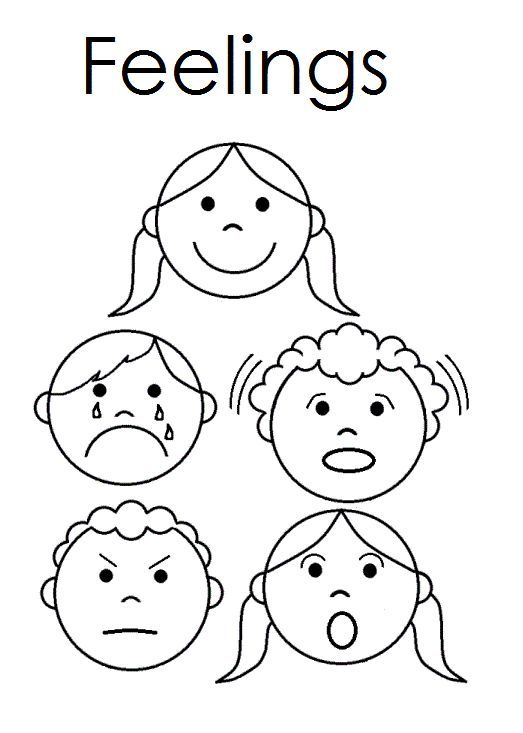 Not only will they begin to build foundational skills that will pave the way for academic success, but they’ll also learn social-emotional skills like kindness, sharing, and self-regulation that will contribute to their overall success in life. Some research suggests that social-emotional activities might be the most important work children can do in the early years. In fact, one study found that social-emotional wellness in kindergarten correlated with success up until age 25.
Not only will they begin to build foundational skills that will pave the way for academic success, but they’ll also learn social-emotional skills like kindness, sharing, and self-regulation that will contribute to their overall success in life. Some research suggests that social-emotional activities might be the most important work children can do in the early years. In fact, one study found that social-emotional wellness in kindergarten correlated with success up until age 25.
Here are some of our favorite social-emotional activities to use with your preschool and kindergarten students.
(Just a heads up! WeAreTeachers may collect a share of sales from the links on this page. We only recommend items our team loves!)
Teach students to identify their emotions.
Identifying and labeling feelings (your own and others’) is a valuable life skill that takes lots of practice. These social-emotional activities are not only fun and engaging for little ones, they spark essential conversations that lead to deeper understanding.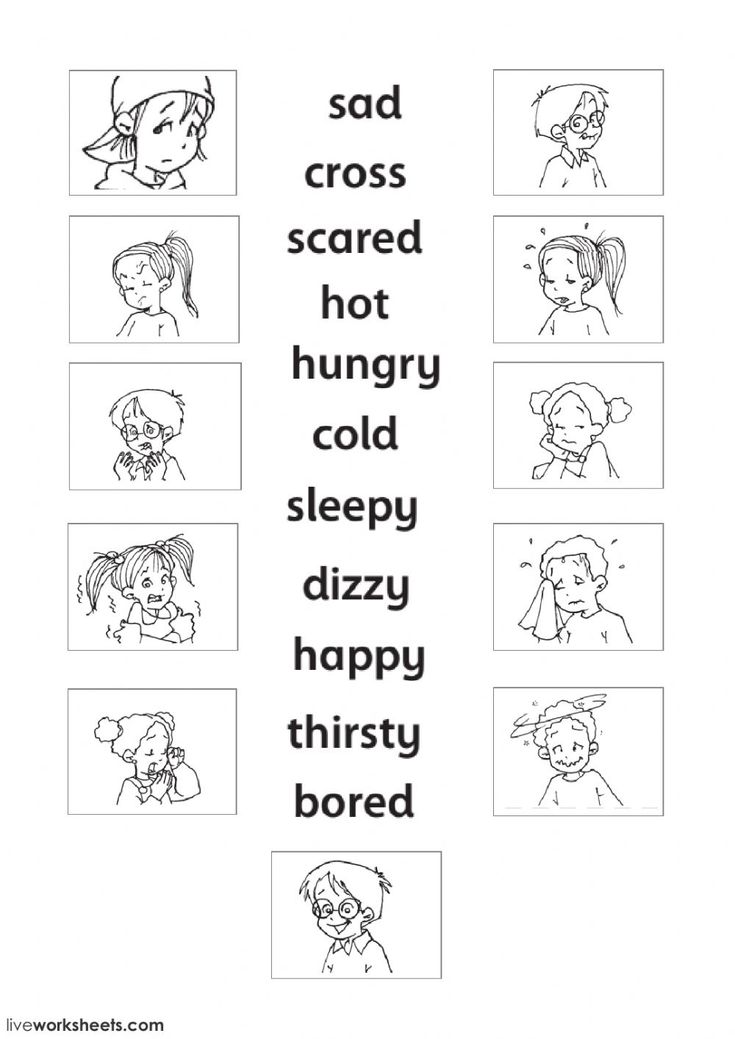
1. Read, read, read!
There are TONS of children’s books featuring interesting main characters and story lines that teach social-emotional skills. Reading about characters they can relate to, in situations they can relate to, helps young children learn valuable lessons. Here are two book lists to get you started: Picture Books To Teach Students About Kindness and Children’s Books for Teaching Social Skills.
2. Sing
Source: Centervention
Different emotions evoke different feelings in our bodies. Teach your students this song to help them learn to identify what is really going on. Also, find role-play scenarios and reflection questions.
3. Play a monster emotions match game
Source: Pocket of Preschool
Download the free game cards here. This fun and engaging game helps kids learn how to identify emotions in other people. The game begins as students walk around the room making the feeling face that matches their card.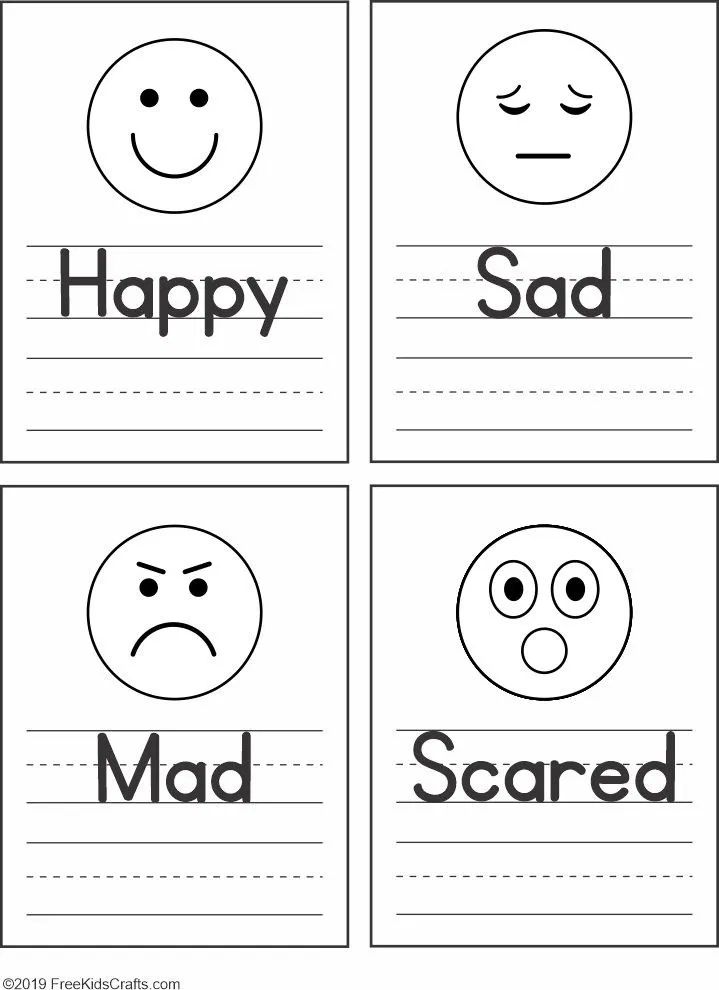 As they walk, they look for another student who seems to be demonstrating the same feeling. Once everyone thinks they have found their matching feeling friend, let them check their cards to see if they are right. Play a few rounds to give kids a chance to try out different feelings.
As they walk, they look for another student who seems to be demonstrating the same feeling. Once everyone thinks they have found their matching feeling friend, let them check their cards to see if they are right. Play a few rounds to give kids a chance to try out different feelings.
4. Make emotion masks
Source: No Time for Flash Cards
These masks are a great tool for talking about feelings. And all you need is paper plates (cut in half), craft sticks, tape, and markers. The activity will focus on four emotions: happy, mad, sad, and silly. For each emotion (and each mask), make a face and then ask the class to identify the emotion it represents. Once they correctly identify the emotion, have them use the marker to draw that face on one of the plates. You can use these masks during read-alouds (hold up the mask that shows how the main character is feeling) or during class conversations to reinforce their understanding of what different feelings look like.
5.
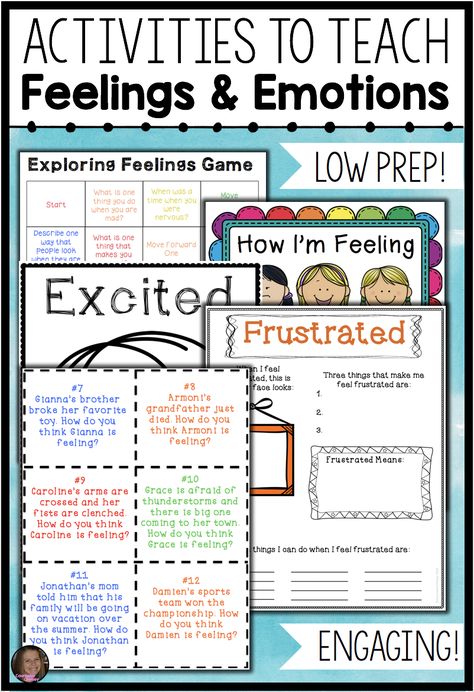 Start each day with a check-in
Start each day with a check-inSource: Simple Music Teaching
This chart is a fun one to help students communicate how they’re feeling. Position it next to your classroom door, and have students point to the emoji that most closely matches how they’re feeling as they enter. This activity helps students get in the habit of monitoring their emotions and gives you valuable information about your students’ moods.
Teach kids strategies to deal with hard feelings.
Being able to identify and label feelings is a great start. Knowing what to do when unsettling feelings come up is the next step. Feelings like anger, sadness, and confusion will undoubtedly arise from time to time in the classroom. Here are a few social-emotional activities to help your students learn how to cope in a safe environment.
6. Use strategy cards
Source: Liz’s Early Learning Spot
These free downloadable cards offer 23 different strategies (with pictures and words) that kids can use to manage their emotions.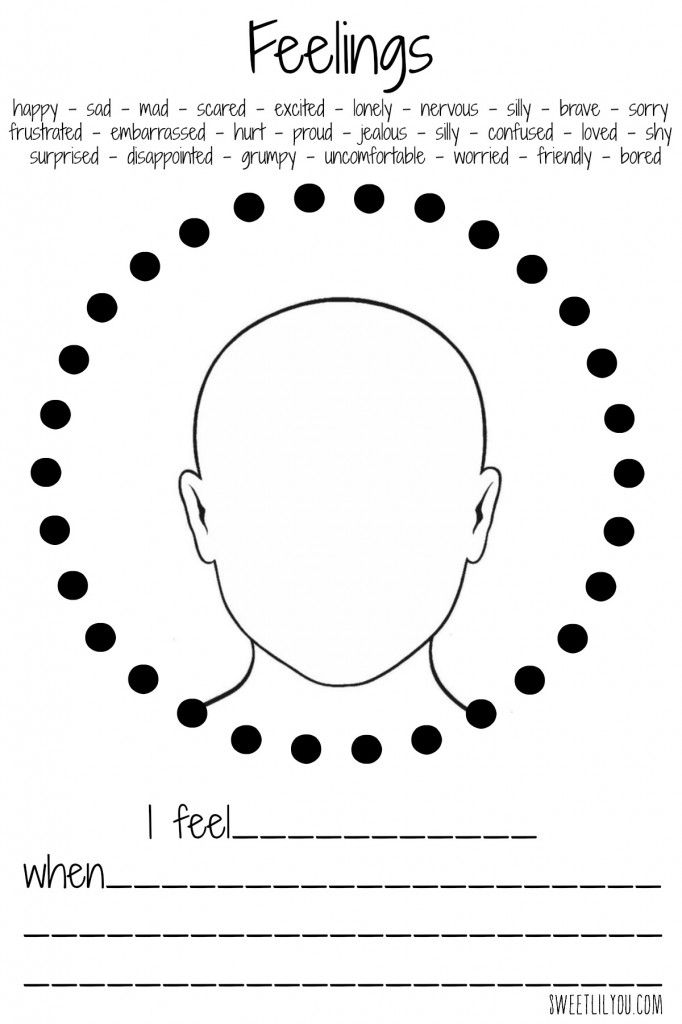 Print them out, punch a hole in the corner of each card, and attach them to a ring.
Print them out, punch a hole in the corner of each card, and attach them to a ring.
7. Download this free poster
Source: A Blog From the Pond
Use these posters to teach kids what to do when they feel their emotions escalating. Once they are familiar with the strategies, post the posters in your calm-down corner for kids to reference as they regroup. Included with the download are 30 great calm-down ideas like “I can count to 10,” “I can blow a feather,” and more.
8. Put together a calm-down kit
Source: Playful Notes
Stock a plastic bin with tools to help little ones manage their emotions. Include things such as strategy cards, squeeze balls, calm-down bottles, putty, and breathing exercises. For more ideas, check out this list of 40+ Things To Put in Your Calm-Down Kit.
9. Teach them yoga poses …
Source: Social Emotional Workshop
Teach your students simple yoga poses to help them get control of their bodies when emotions are running high.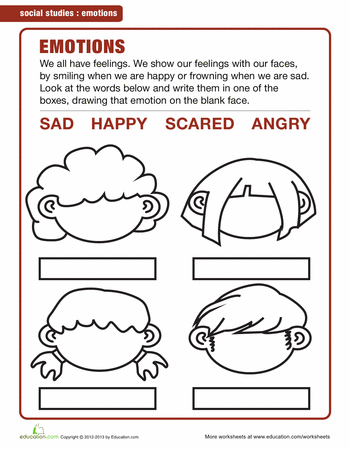 For best results, pair poses with deep-breathing techniques. Follow this link to access a kid-friendly yoga card deck with 34 different yoga poses (including simple descriptions) and suggested sequences of poses to use.
For best results, pair poses with deep-breathing techniques. Follow this link to access a kid-friendly yoga card deck with 34 different yoga poses (including simple descriptions) and suggested sequences of poses to use.
10. … and breathing techniques
Source: Early Impact Learning
Deep breathing reduces stress and anxiety and helps kids learn to manage their emotions. Check out this source for lots of fun ideas for building breathing breaks into your day.
Build in lots of opportunities for kids to work on social skills.
Like everyone, little ones learn best by doing. Give them lots of opportunities to interact with peers one-on-one, in small groups, and as part of a whole class, ideally with as little adult interference as possible. As they play during social-emotional activities, they’ll learn to navigate among other kids who may have different styles and opinions. Activities like creative play, building projects, board games, and partner reading are great tools to reveal kids’ strengths and challenges as they begin to figure out how to manage school in the best way for themselves.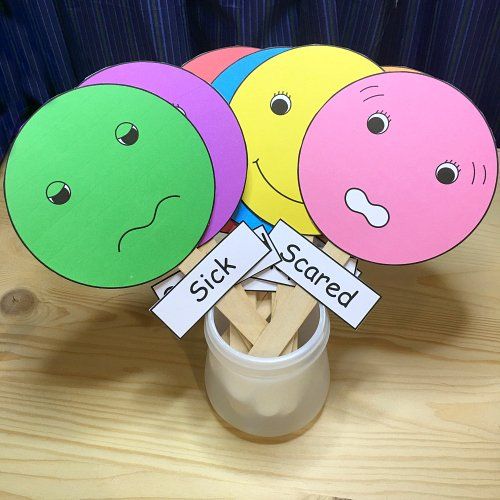
11. Create a culture of kindness
Create a culture of kindness in your classroom. Read your students the story Have You Filled a Bucket Today? A Guide to Daily Happiness for Kids by Carol McCloud. Then spread the love with a few of these activities.
12. Engage in compliment circles
teaching
Source: The Interactive Teacher
Holding compliment circles in class takes very little time but yields powerful results. Create an environment of respect and kindness with this simple activity that teaches kids how to give and receive compliments. For all the details, check out this blog.
13. Teach problem-solving strategies
Source: This Reading Mama
In any social situation, conflict is bound to occur. That’s why teaching kids how to peacefully solve problems is essential. Equip your students with the tools they need to manage uncomfortable situations with these coping strategies and free poster set.
14. Play a sharing game
Source: Sunny Day Family
In Mo Willems’ adorable book Should I Share My Ice Cream?, Gerald the elephant has to make a quick decision about whether to share his ice cream cone with his best friend, Piggy.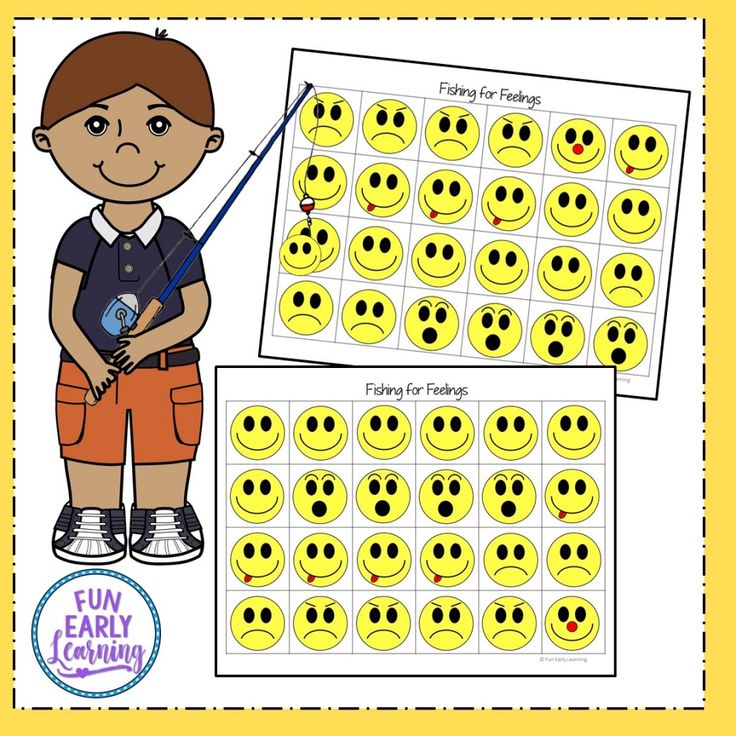 Read the story to your class and have a conversation about sharing.
Read the story to your class and have a conversation about sharing.
Then try this fun game. Make “waffle” cones out of rolled-up sheets of construction paper, then have students practice passing their “ice cream” to a friend. Not only will students learn cooperation, but this game is also a great opportunity to use polite language such as “please” and “thank you.”
15. Watch friendship videos
Learning to get along with others takes a lot of practice. Here are 12 friendship videos that use compassion, wisdom, and humor to tackle what it means to be a good friend. Use them to jump-start conversations with your students as you build your classroom community.
Practice mindfulness in the classroom.
Mindfulness is defined as a mental state achieved by focusing one’s awareness on the present moment, while calmly acknowledging and accepting one’s feelings, thoughts, and bodily sensations. Mindfulness techniques help students handle big emotions (in themselves and others) and cultivate a sense of peace and calm.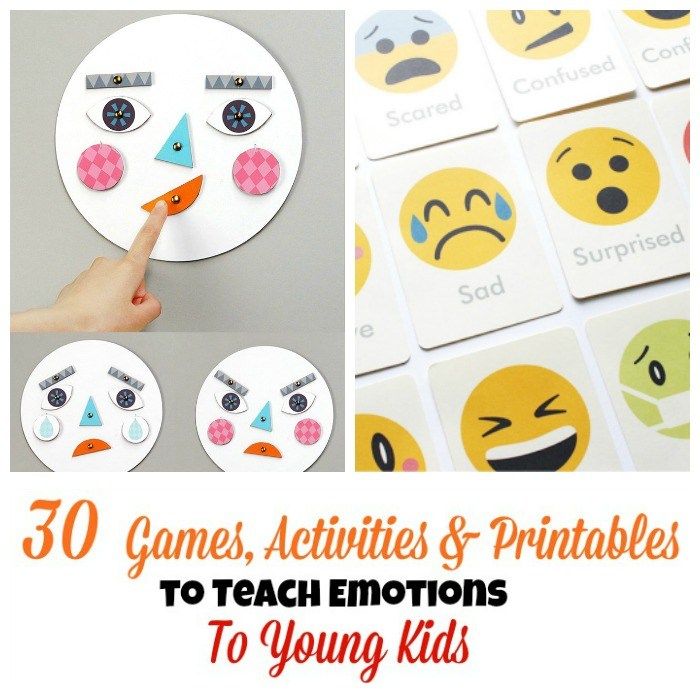
16. Introduce mindfulness with children’s books
Source: 15 Books To Teach Kids About Mindfulness
If you’re looking for social-emotional activities that incorporate reading, there are dozens of brilliant books that teach the lesson of mindfulness for preschoolers. A couple of our favorites, just for little ones, are Peaceful Panda and I Am the Jungle.
17. Go on a nature walk
Source: The Little School
Take your little ones outside to indulge their five senses. Explore the changing color of leaves, different leaf shapes, pine cones, and more. Listen for birds and other critters. Lie down on the grass and feel the earth beneath you as you look up at the blue sky.
18. Play in water
Source: Preschool Plan It
Nothing soothes the senses like water. Set up a water table in your classroom and let students engage in free cooperative play. Include your water table as a station at center time.
19. Make time for art
Source: Innovation Kids Lab
There are SO many reasons kids need to paint. Most find peace and relaxation in art. It focuses their minds and helps them look at the world around them in a much more engaged way.
Most find peace and relaxation in art. It focuses their minds and helps them look at the world around them in a much more engaged way.
20. Practice listening
Source: Fay School
Learning to listen, not only to themselves but to each other, is a critical skill for preschoolers. Take moments each day to sit quietly and listen for sounds for increasing lengths of time. Ring a chime and ask students to see how long they can hear the sound it makes. Pair students up and teach them to take turns asking questions and listening to answers. Play a round of “telephone.”
If you liked these social-emotional activities and want more articles like this, be sure to subscribe to our newsletters.
Plus, check out 50 Simple Mindfulness Activities for the Classroom.
Lesson in kindergarten on the topic "Sense organs"
Municipal budgetary general educational institution
"Vesyegonskaya secondary school"
Educational center " Pereshkolnaya time ”
9000
Lesson for children preparatory group.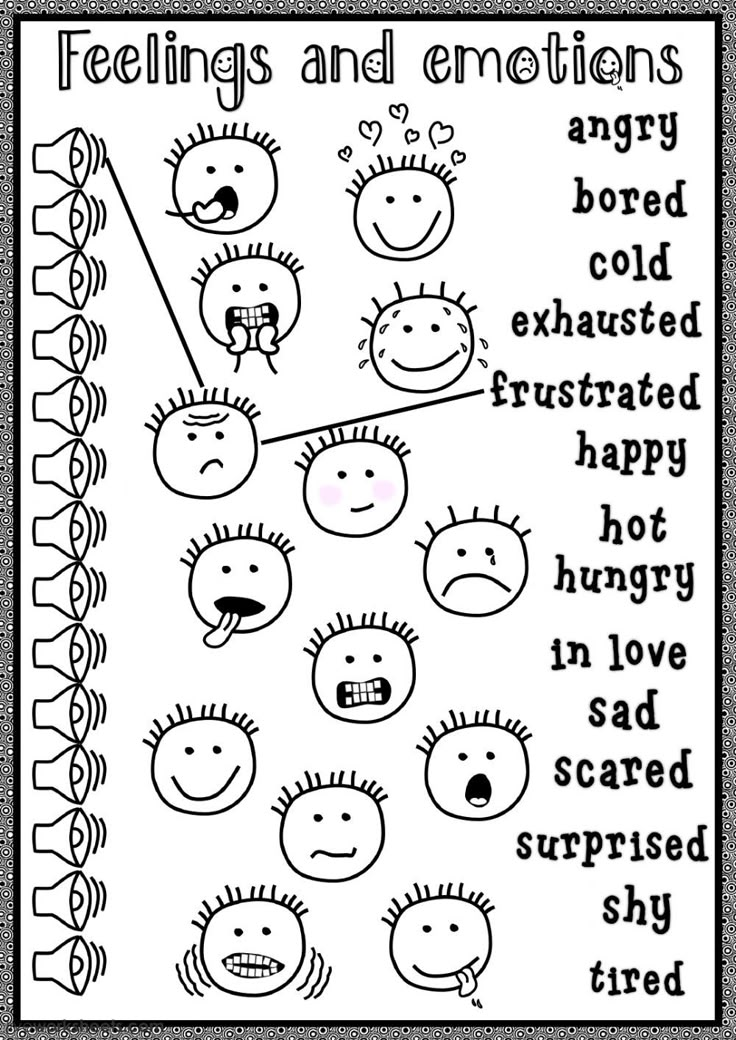
Subject: "Sense Organs"
Prepared Art. teacher:
Kopyltsova V. V.
are important to a person.
Tasks:
Develop speech, logical thinking, research skills and draw conclusions.
Cultivate a caring attitude to your health.
Build positive and an adequate self-image among students; broaden the horizons of children.
Planned results: consolidation children's knowledge to distinguish, characterize the sense organs, set up experiments, reason, draw conclusions, promote the development of interest in knowledge himself.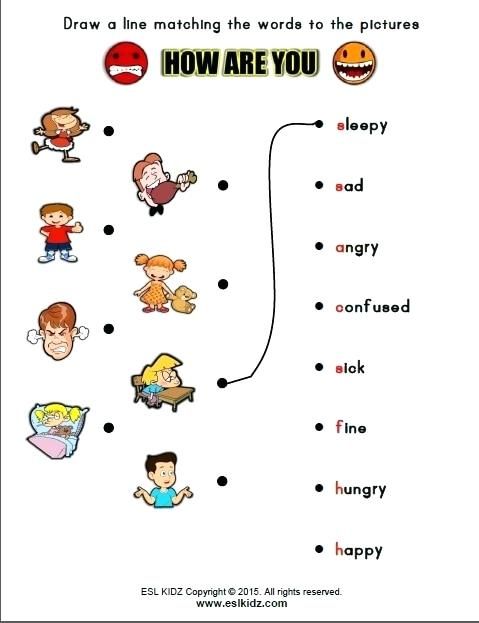
Personal UUD: form educational and cognitive interest in educational material.
Regulatory UUD: independently adequately assess the correctness of performance actions.
Cognitive UUD: exercise analysis of objects with identification of essential features, comparison, generalization.
Communicative UUD : form your own opinion, participate in a collective discussion, cooperation
Equipment: Presentation "Sense Organs"; a toy; glasses of water - simple, sweet, disposable cups; scarf, soap; basket, mitten, ball, apple, orange, ball; disposable plates, cotton pads impregnated aromas;
Circulation
1.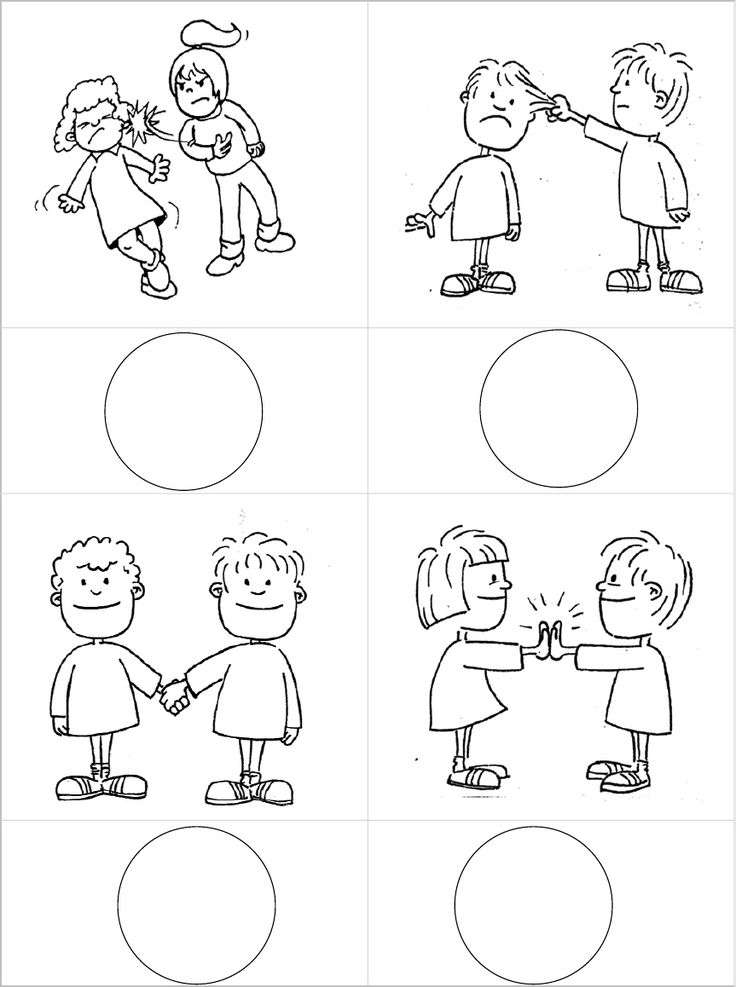 Organizational moment
Organizational moment
- There are many interesting things in the world,
sometimes unknown to us.
There is no limit to the world of knowledge,
So hurry, friends, get down to business!
2. Motivation educational activities
Educator: Today, I want to introduce you to one little man, with a very unusual person. What do you notice about him that is strange? (He has there are no eyes, nose, mouth, ears on the face.)
He thinks that he simply does not need them. In this lesson, we will try it prove he is wrong.
Setting Problems.
Today at the lesson we have to answer: who are they, our assistants, without which we can not do in the world around us?
3. Primary assimilation of knowledge by children
1. Examination of the organ of vision
Now, I will give you a riddle:
Brother and brother live across the path,
But they don't see each other (eyes)
Guys, let's close our eyes.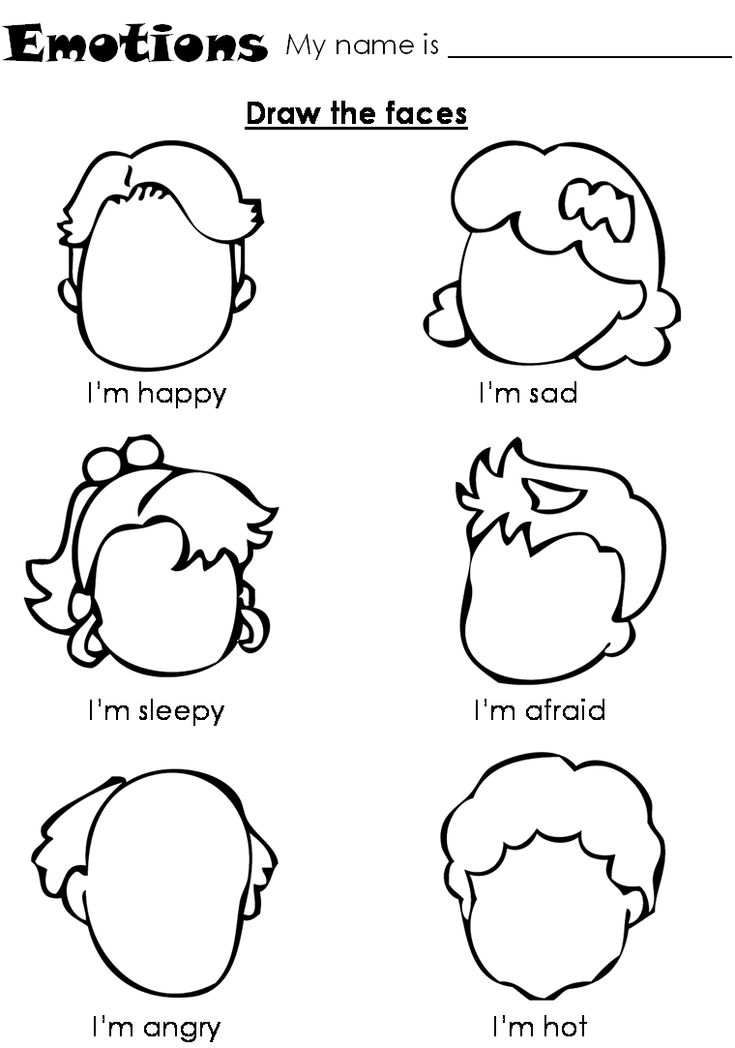 With your eyes closed tell me what item appeared on my table? (toy placed on the table)
With your eyes closed tell me what item appeared on my table? (toy placed on the table)
Open your eyes. Why couldn't you answer my question? (We didn't see anything)
What can we do with our eyes? (We can determine the shape of an object, color)
Eyes are an integral part of the body, guys, what organ is it? ( This is the body view) .
With the help of the eyes, we learn the beauty of the world around us. Eyes help us to see different colors. With the help of the eyes, we distinguish the shapes and sizes of objects; we can read books, magazines, see beautiful pictures.
With their help, we get more information about the world around us.
No wonder they say: "It is better to see once than to hear a hundred times."
How should we take care of our eyes in order to keep our sight?
- do not rub your eyes with dirty hands;
- you can not watch TV close and for a long time;
- you can not play computer games for a long time;
- you need to protect your eyes from piercing and cutting objects.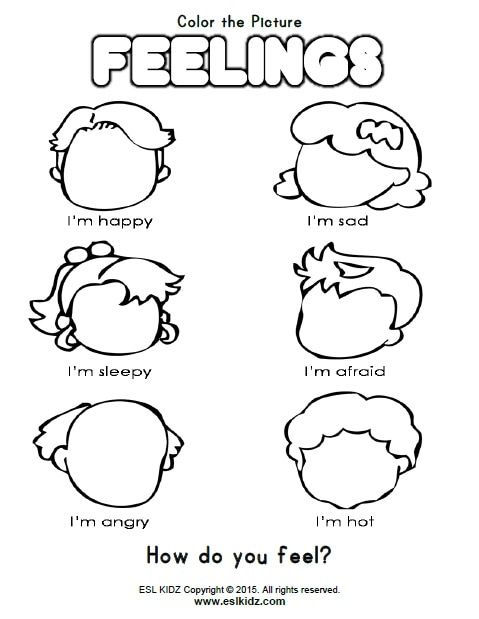
Our little man is getting eyes.
(Return to the face of a person, eyes appear, presentation)
2. Examination of the organ of hearing
Let's proceed to the next study.
At the top of the head,
And we have below the eyes (ears)
Close your ears and repeat what I say. Not just eavesdrop! 6,3,5. "silence" .
How did you feel? (We didn't hear anything because our ears were closed).
What conclusion can we draw? (Ears are needed to hear ).
And now we will listen to music:
What did you hear? (Noise of trees, murmur of water…)
Which organ allows us to feel this? (Ears)
Ears - which organ is this? Organ of hearing.
With our ears we can hear the sound of trees, the murmur of water, songs of birds, voices of people.
How can we save our hearing?
- you can not listen to loud music;
- do not put sharp objects into the ears:
- clean the ears with cotton buds
(Return to the person's face, ears appear, presentation)
3.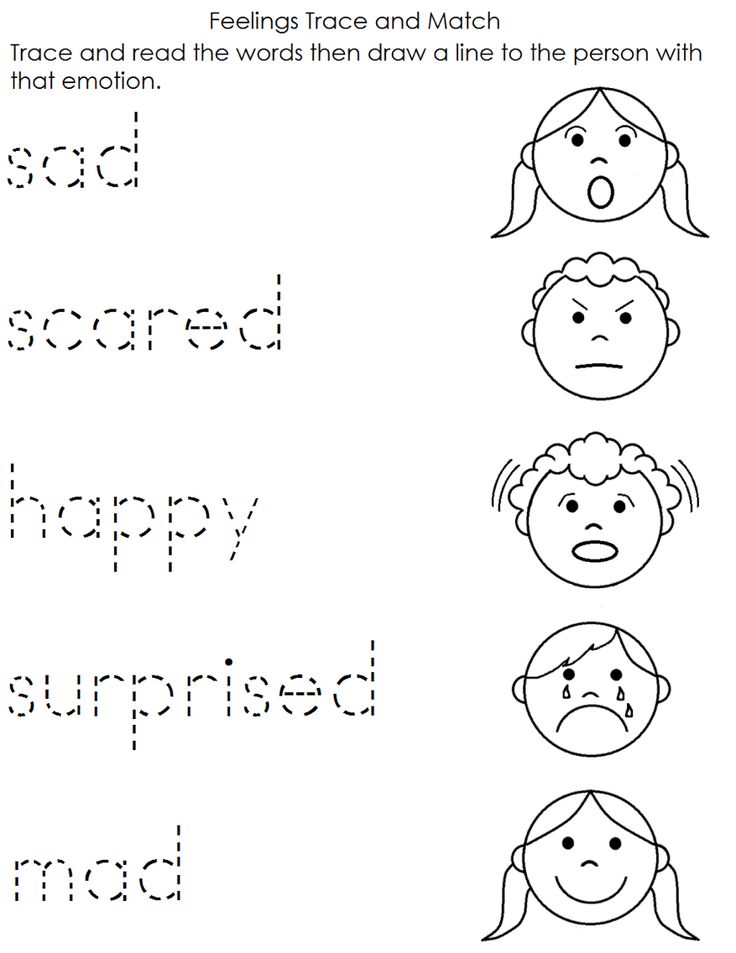 Study of the olfactory organ.
Study of the olfactory organ.
Between two luminaries
I am alone in the middle (nose)
There is a saucer with cotton pads on the table in front of you. You are invited such a task: "Determine which of the cotton pads smells like perfume?"
What smells have you identified yet? (the smell of orange)
When did you smell the smell? (When breathing in).
That's right, the sense of smell arises only when we inhale.
With what organ did we smell? (With the help of the nose, we smell)
You did a good job. And the ability of a person to distinguish smells, what got a name? (Smell)
We smell and smell with the help of the nose.
(I move the image of the nose to the image of a person)
Physical education
4. Study of the organ of taste with plain water on a white napkin)
Always in your mouth,
And you can’t swallow (tongue)
On your tables at everyone cost 2 cups of water.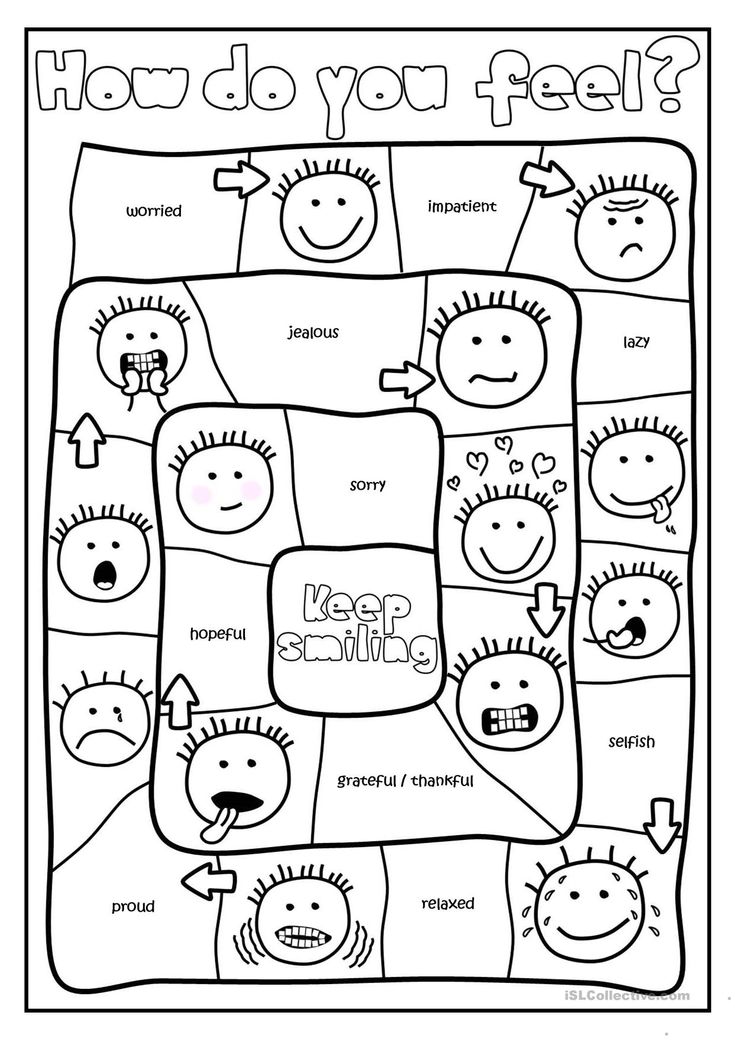
Look, listen, smell. Can you tell by sight smell, hearing, what's in the cups? (Yes)
What is in the cups? (Water)
Can we determine what kind of water tastes like? (No)
So we need one more study.
What should we do? (Taste the water)
Try it. What do you feel? (Children identify by taste: in which glass is sweet water, in which is plain)
Which organ helped you to feel the taste of the liquid? (Language)
Let's try to give a scientific definition of this body: Is language an organ? (Taste .)
The organ of taste helps us to get acquainted with the property of an object when we do not can help the organs of sight, smell, hearing.
Guys, we have already said that the surface of the tongue has certain areas that perceive a certain taste. Let's remember:
the middle of the tongue is responsible for the bitter;
lateral anterior margins responsible for saltiness;
lateral rear edges responsible for sourness;
the tip of the tongue is responsible for sweetness.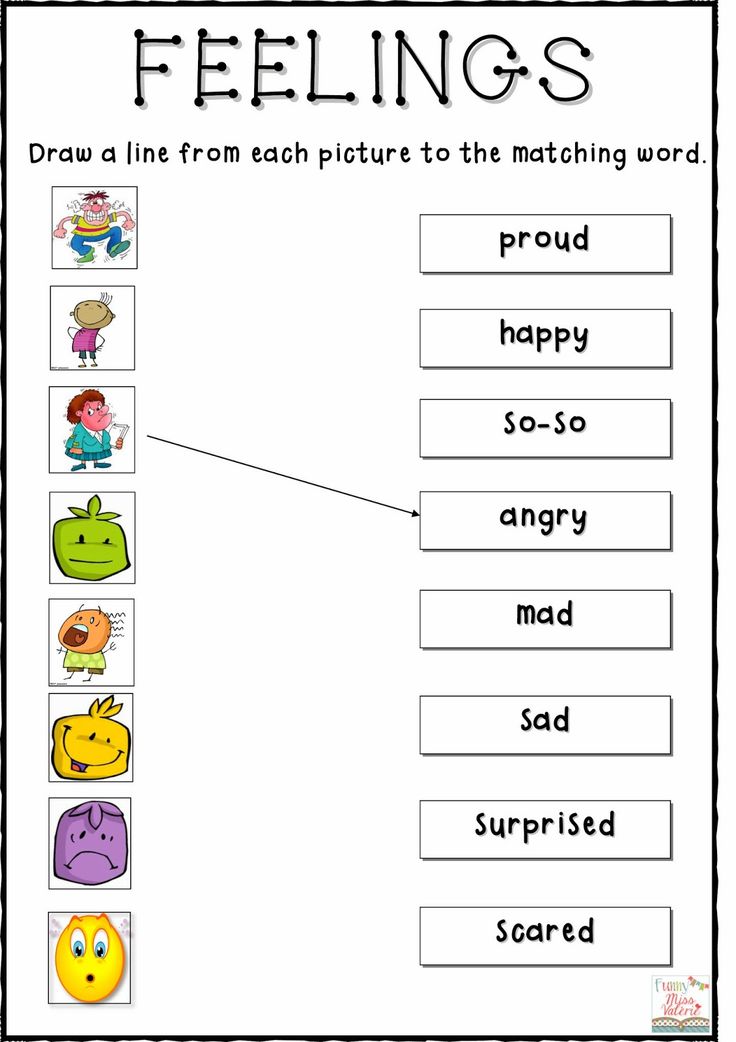
How should we take care of our tongue? (When we brush our teeth, clean the tongue, do not touch the tongue with dirty hands)
(Put a drawing of lips on the face of a little man, presentation)
her in winter and summer
C dressed head to toe,
Even we cannot rent for the night,
Because what is it…(leather)
Find out what's in the basket game
Try to identify the item in the basket by touch. (Basket covered with a napkin).
(Students put on a glove and try to identify the object).
(rubber ball, ball, orange, apple)
How do you feel? Can you identify the subject? (Children describe object, they say that it has the shape of a ball, but they cannot name it exactly).
Now take off your mitten and try to identify the object. (Children guess the object and take it out of the basket)
Guys, how could you guess the items? With the help of what? (Using hands)
But at first you used your hand in a mitten and could not guess subject.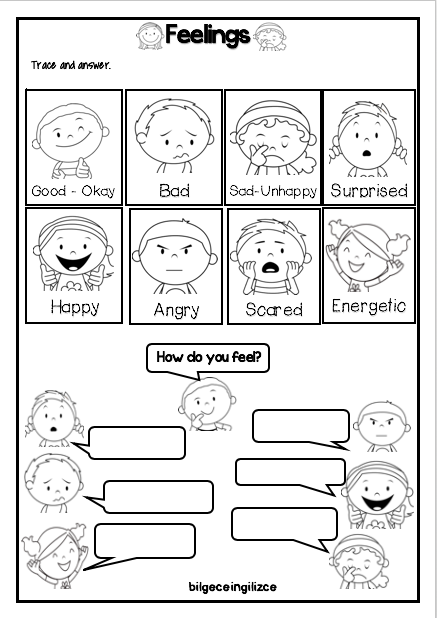 (With the help of the skin, there is skin on the hand.)
(With the help of the skin, there is skin on the hand.)
The skin of our body contains many sensitive cells that perceive the action of heat, cold, shape, size of an object. The skin is what body? (Touches).
How can we take care of our skin?
- hands should be washed before eating;
- dress warmly in cold weather;
So our research is over.
Now our little man can also explore the world around him with sense organs: eyes, ears, nose, tongue and skin. These organs help us find out what is happening in the world around us.
3 Summary of the lesson.
– Have we answered the questions asked at the beginning of the lesson?
- Who are they, our helpers, without whom we cannot do?
4 Reflection.
At the end of the training session, reflection, the children had 2 emoticons with a sad and a cheerful face on the tables, students themselves evaluated their activities and the result obtained in the study of this topics raised a smiley that matched their mood
Lesson 28.
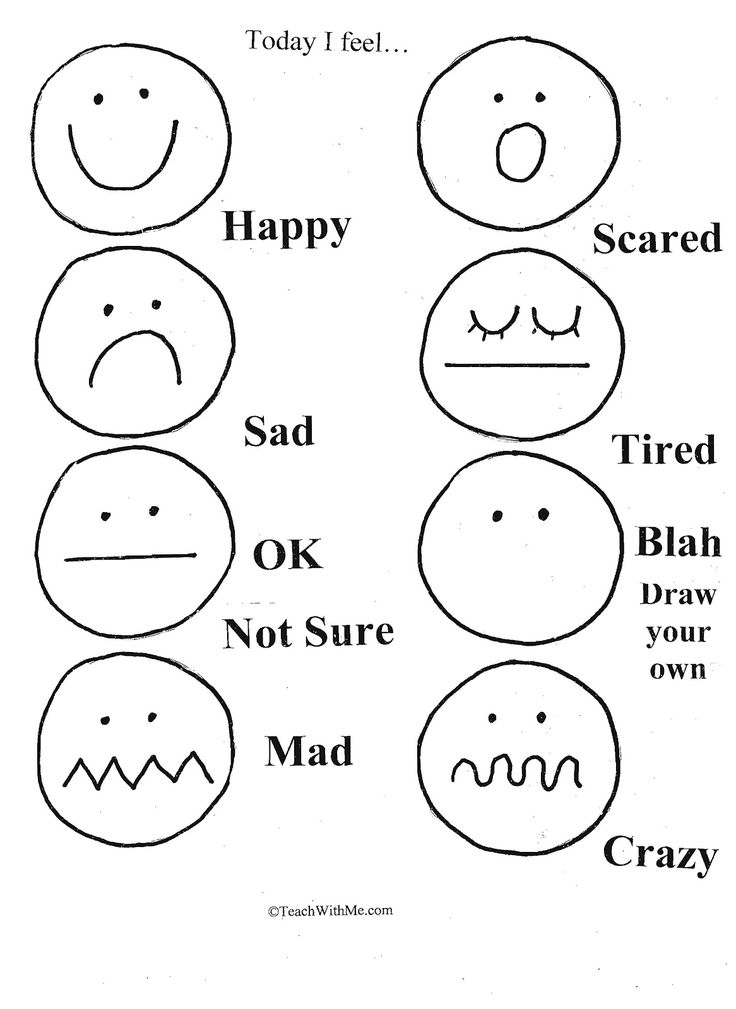 Emotions. Theatrical activity in kindergarten. For classes with children 4-5 years old Lesson 28. Emotions. Theatrical activity in kindergarten. For classes with children 4-5 years old
Emotions. Theatrical activity in kindergarten. For classes with children 4-5 years old Lesson 28. Emotions. Theatrical activity in kindergarten. For classes with children 4-5 years old WikiReading
Theatrical activity in kindergarten. For classes with children 4-5 years old
Anatoly Shchetkin
Contents
Lesson 28. Emotions
Purpose. To teach children to recognize emotional states (joy, sadness, fear, anger) by facial expressions. Improve the ability to coherently and logically express your thoughts. To acquaint with the basics of theatrical culture.
Activity
1. Exercise for vowels and consonants.
2. Game "Mirror".
3. Exercise "Depict emotions".
Children in a creative semicircle. The teacher conducts an exercise on vowels and consonants.
Mirror game.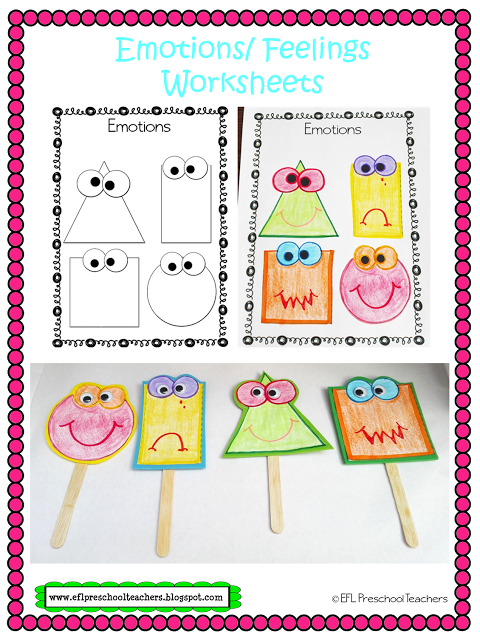
Educator Imagine that you are preparing for a performance and putting on your make-up in front of a mirror. What is makeup? This is face painting, the art of giving the face (with the help of special paints, sticking on a mustache, beard, etc.) the appearance necessary for an actor for a given role. Stand in pairs facing each other. One of you is an artist and the other is a mirror. "Mirror" closely follows the movements of the artist and repeats them in a mirror. Try to predict any gesture, any facial expressions. What can an artist do? (Put on a wig, a mask; style your hair, put tone on your face, line your eyebrows, paint eyelashes and lips; smile, laugh, cry, be sad, etc.) Movements should be smooth and unhurried. Don't laugh about it! When are you in a happy mood? What sentiments do you know?
Children, together with the teacher, note the shape of the lips, the position of the eyebrows, which are characteristic of a joyful and sad mood.
The teacher invites a child to the stage and gives him the following task: “Imagine that you are alone at home, and outside the window it is raining and thunder is thundering.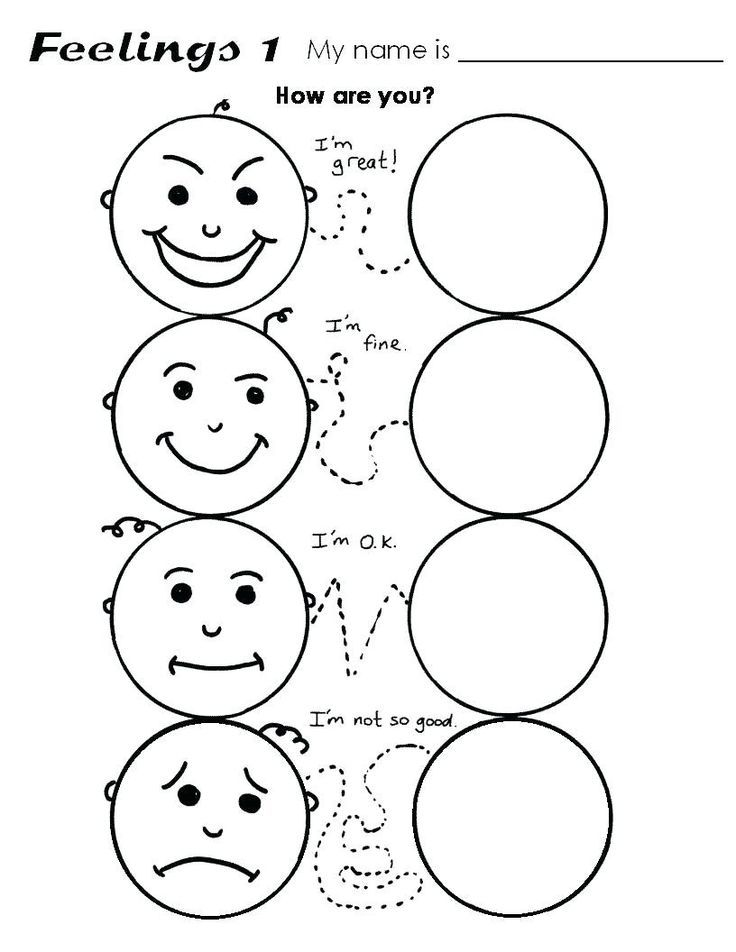 What will be your facial expression and what will be your mood? Corrects him if the child incorrectly expressed the emotional state.
What will be your facial expression and what will be your mood? Corrects him if the child incorrectly expressed the emotional state.
Exercise “Depict emotions: sadness, fear, rage, anger”.
The teacher once again dwells on the concept of emotion: "Emotion is a spiritual experience, a feeling of a person, depending on a person's behavior, on his reaction to a particular action."
This text is an introductory fragment.
4 Children and emotions
four Children and emotions What is actually happening? It seems like it's time to confess. The title of this book - "The Secret of Happy Parents" - is far from reality! There are no absolutely happy people in the adult world; I don't think anyone wants to be completely happy. So
Why do we experience emotions?
Why do we experience emotions? Sometimes each of us wants to stop feeling altogether - especially to experience unpleasant emotions that hurt - anger and sadness. Why did nature endow us with the ability to experience such intense sensations? The point is that
Why did nature endow us with the ability to experience such intense sensations? The point is that
Lesson 28. Emotions
Lesson 28. Emotions Target. To teach children to recognize emotional states (joy, sadness, fear, anger) by facial expressions. Improve the ability to coherently and logically express your thoughts. Introduce the basics of theatrical culture. The course of the lesson1. Vowel and consonant exercise
Feelings and emotions
Feelings and emotions Your face is still the object of study. Fingers explore your eyes, nostrils, mouth ... The kid begins to realize that he and you are two different people: if you pull your hair, it hurts, and if you pull, even if it is strong, then for some reason
New emotions
New emotes The palette of feelings of the baby is becoming more diverse.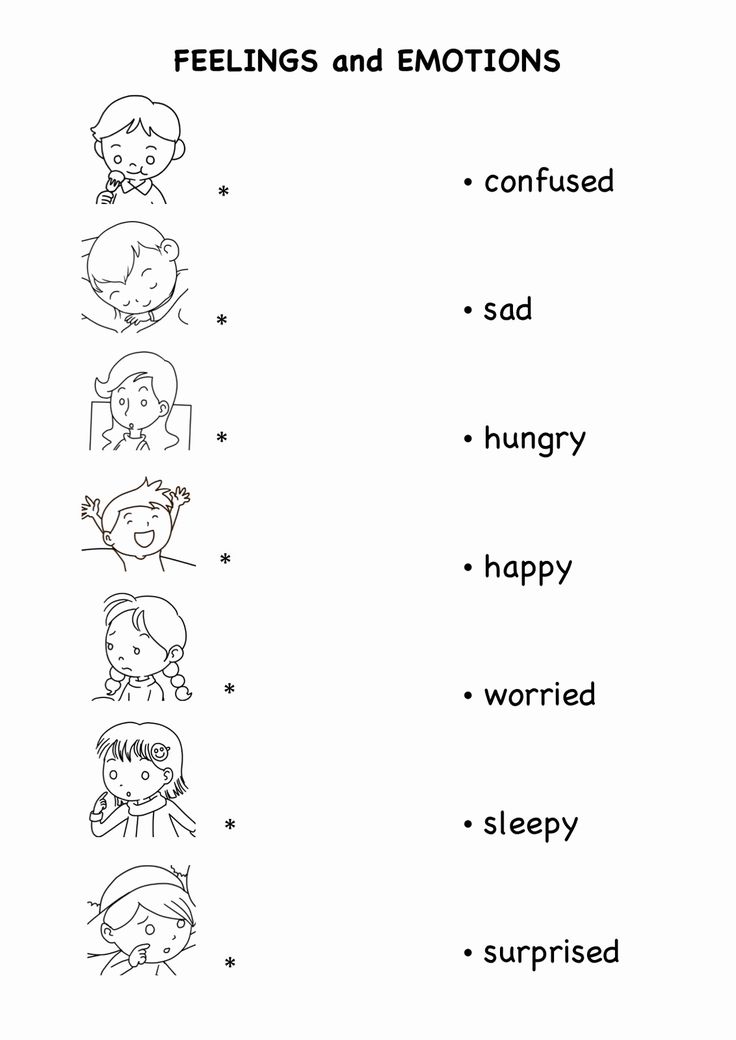 If earlier, from the whole gamut of emotions, the baby singled out only positive ones, now, in communicating with adults, the child begins to use negative emotions as well. For example, if the baby now wants to play,
If earlier, from the whole gamut of emotions, the baby singled out only positive ones, now, in communicating with adults, the child begins to use negative emotions as well. For example, if the baby now wants to play,
What are emotions?
What are emotions? Joy, sadness, interest, anger are all emotions. They play a huge role in a person's life and can give a charge of inexhaustible energy, or they can squeeze out so that no work will be possible. Their important role has developed in the process of evolution. Emotions
Feelings and emotions
Feelings and emotions Your face is still the object of study. Fingers explore your eyes, nostrils, mouth ... The kid begins to realize that he and you are two different people: if you pull your hair, it hurts, and if you pull, even if it is strong, then for some reason
New emotions
New emotes The palette of feelings of the baby is becoming more diverse.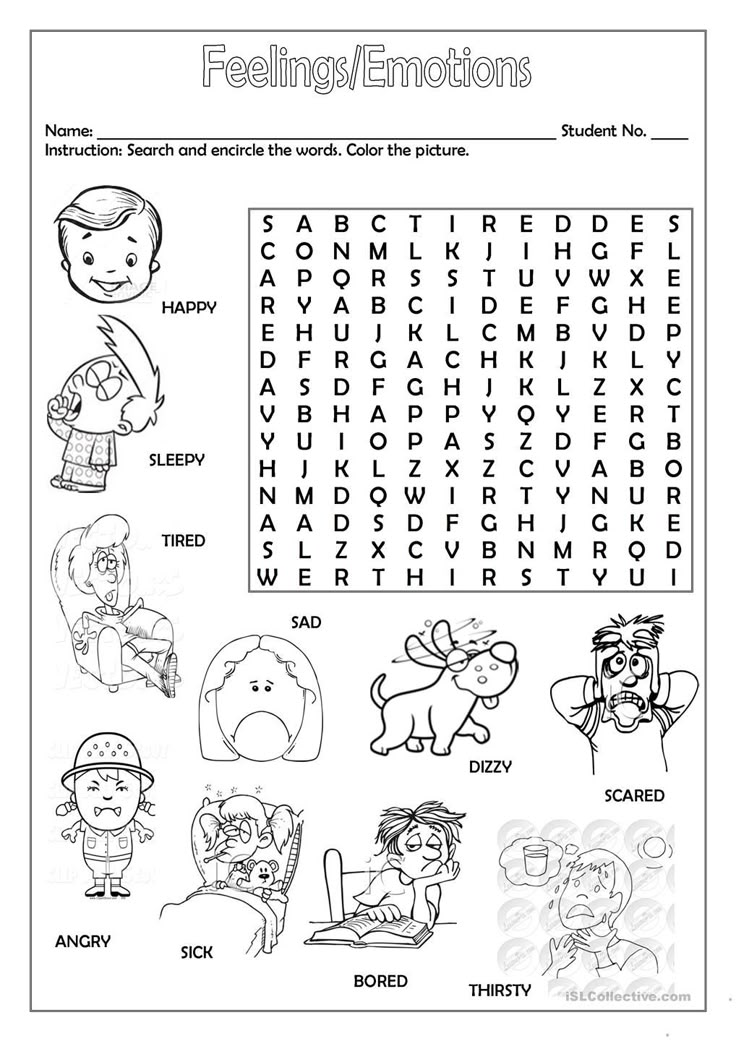 If earlier, from the whole gamut of emotions, the baby singled out only positive ones, now, in communicating with adults, the child begins to use negative emotions as well. For example, if the baby now wants to play,
If earlier, from the whole gamut of emotions, the baby singled out only positive ones, now, in communicating with adults, the child begins to use negative emotions as well. For example, if the baby now wants to play,
8.2. Musical emotions
8.2. Musical emotions Any human activity is accompanied by emotions, causes an emotionally active or passive attitude. Emotions play a dominant role in music. This role is predetermined by the sonic and temporal nature of the music, capable of conveying
3.3. Feelings and emotions
3.3. Feelings and emotions Feelings and emotions constitute a special, very important side of a person's inner life. For the subject, the authenticity and evidence of his own inner world act primarily as an emotional reality, as his experiences. All of us at every
Modeling emotions
Modeling emotions To make the reading even more interactive, I began to imitate the facial expressions of the characters in Mo Willems' Sharing Ice Cream? (Should I Share My Ice Cream?) - our favorite from the Elephant and Piglet series.